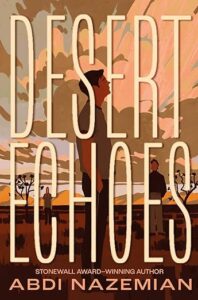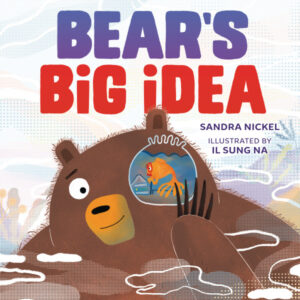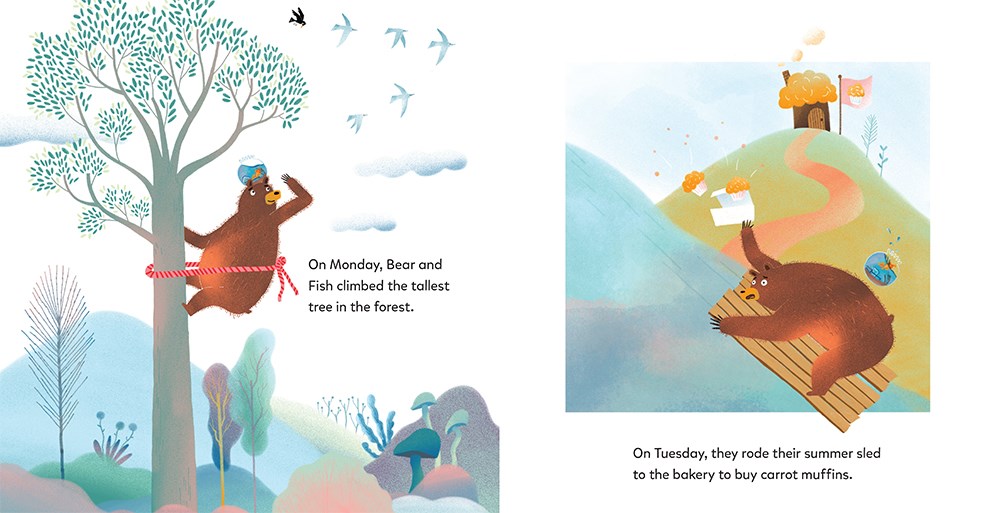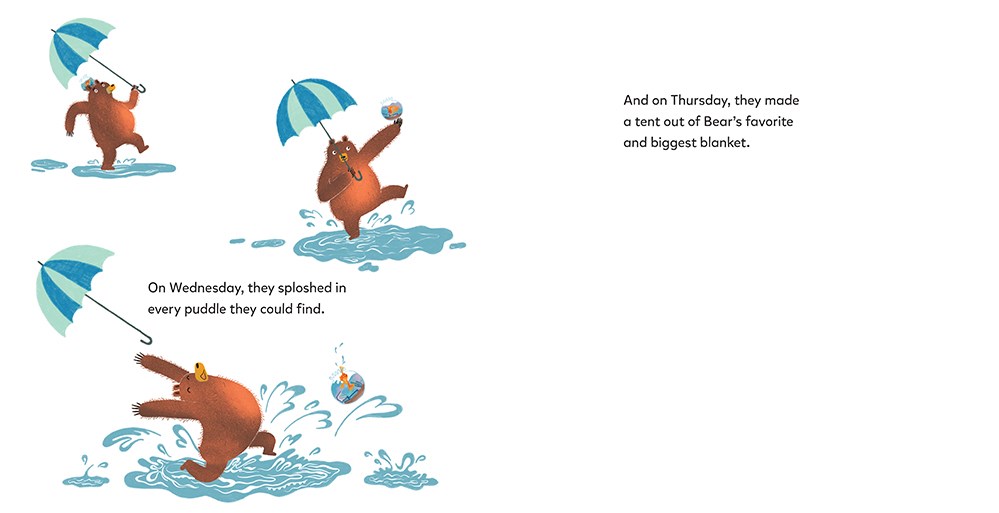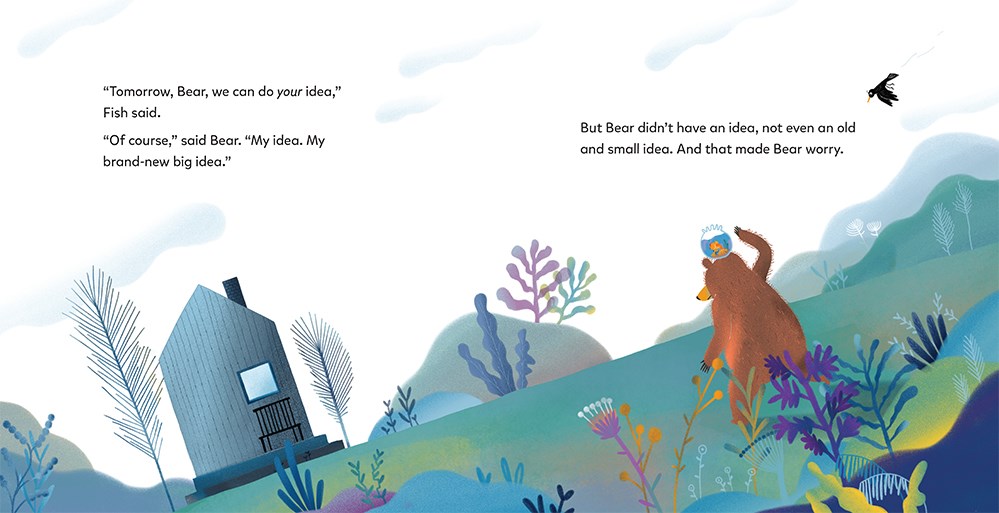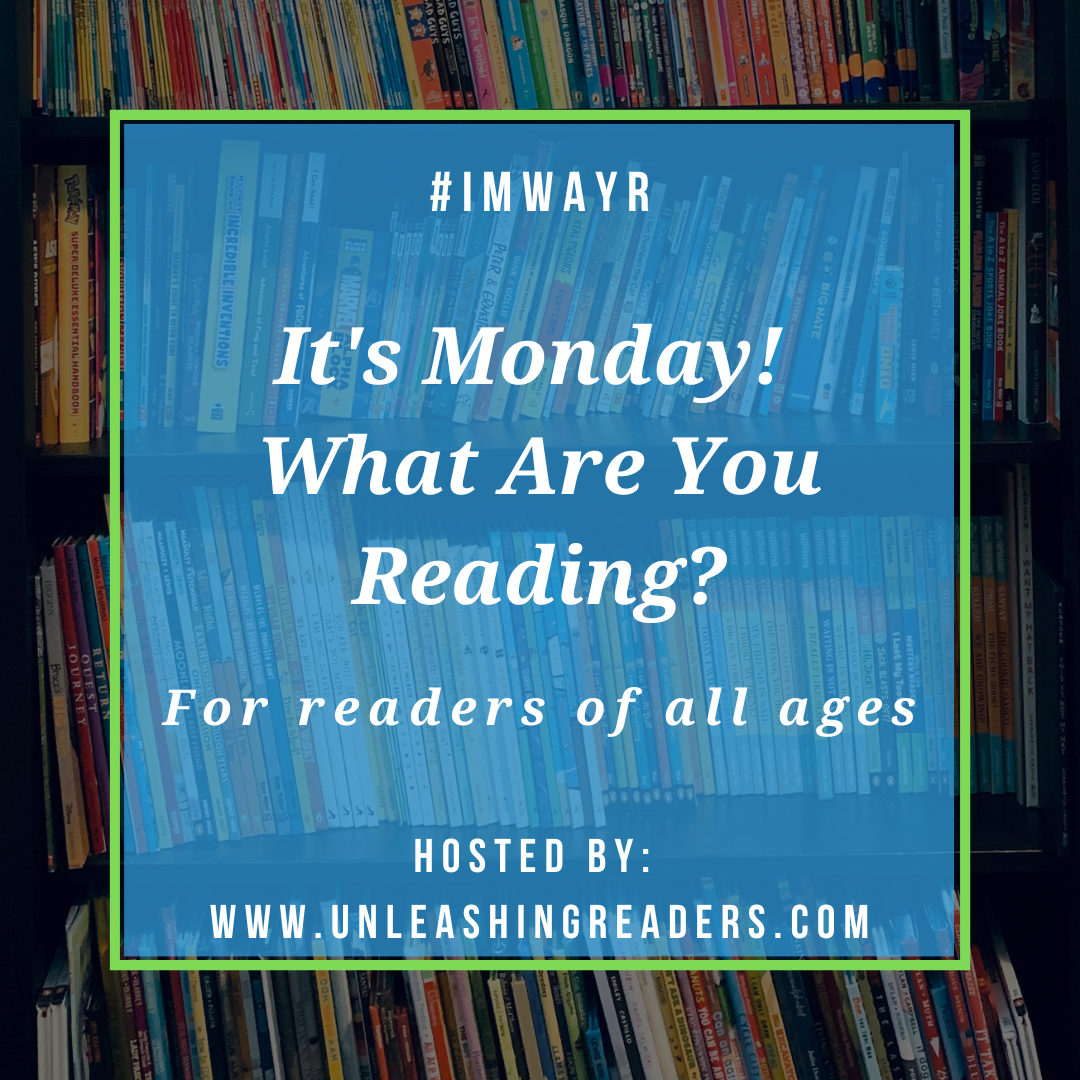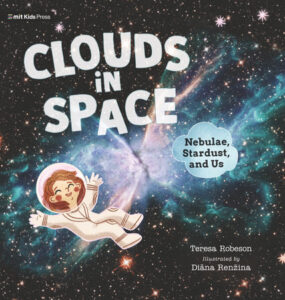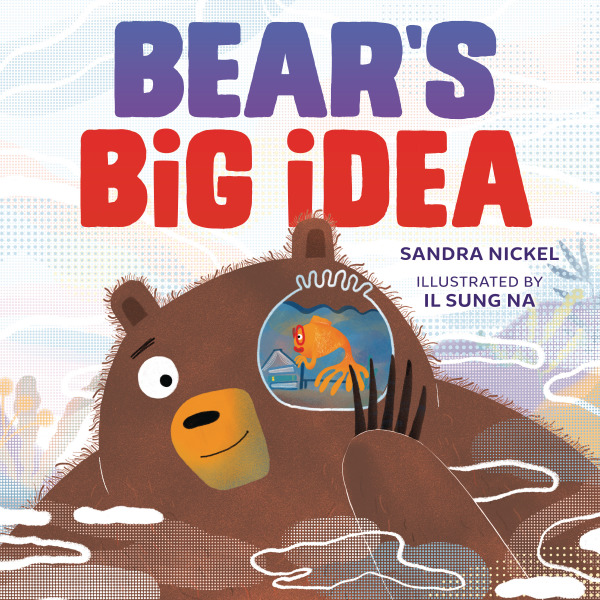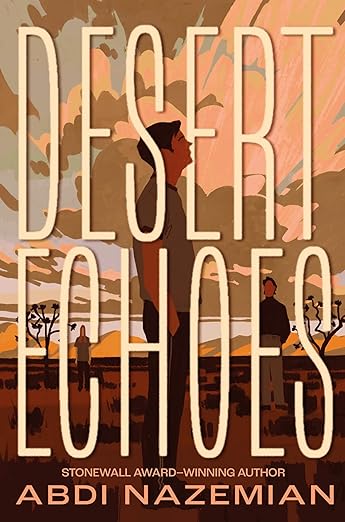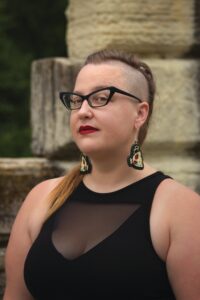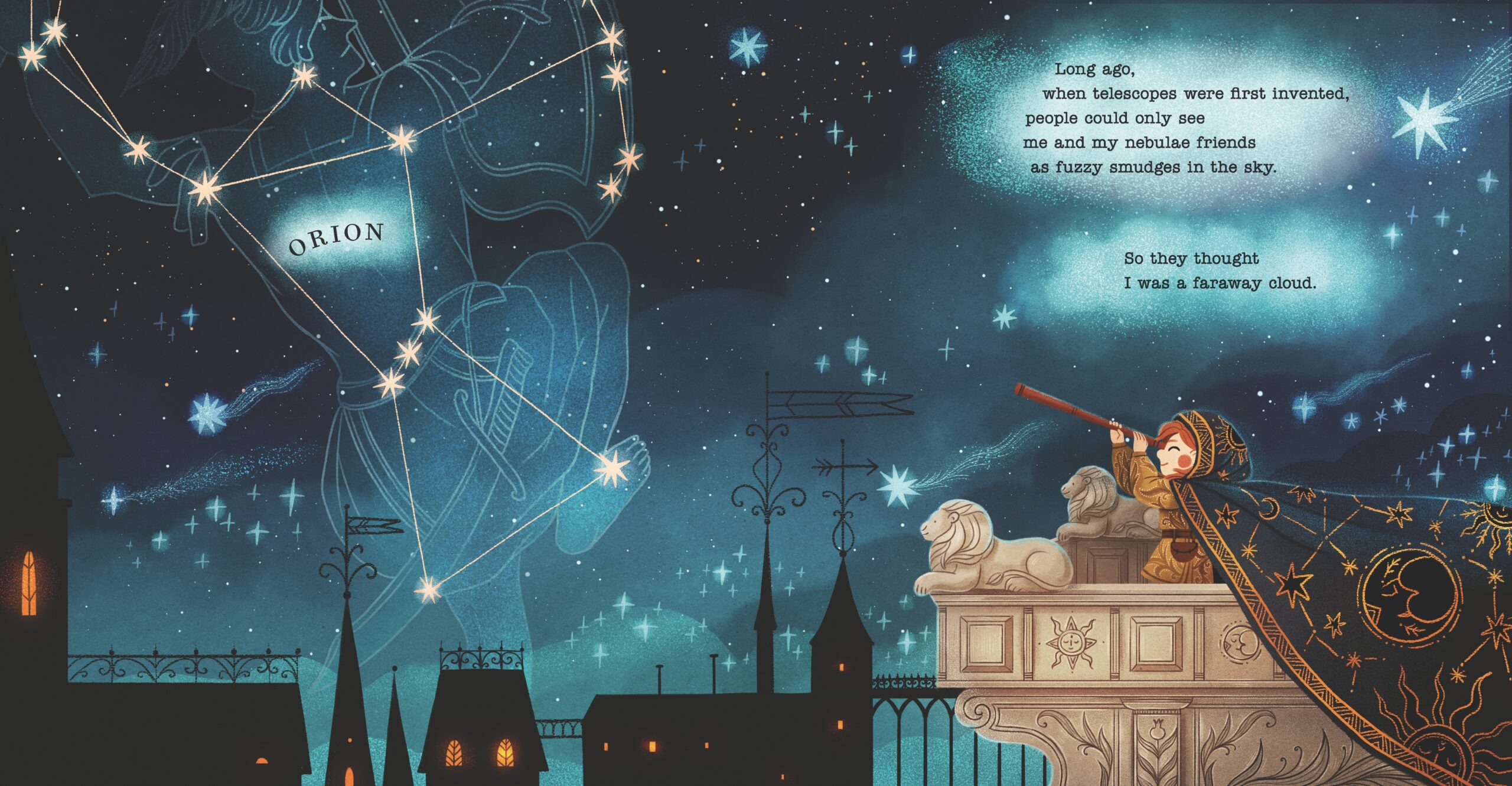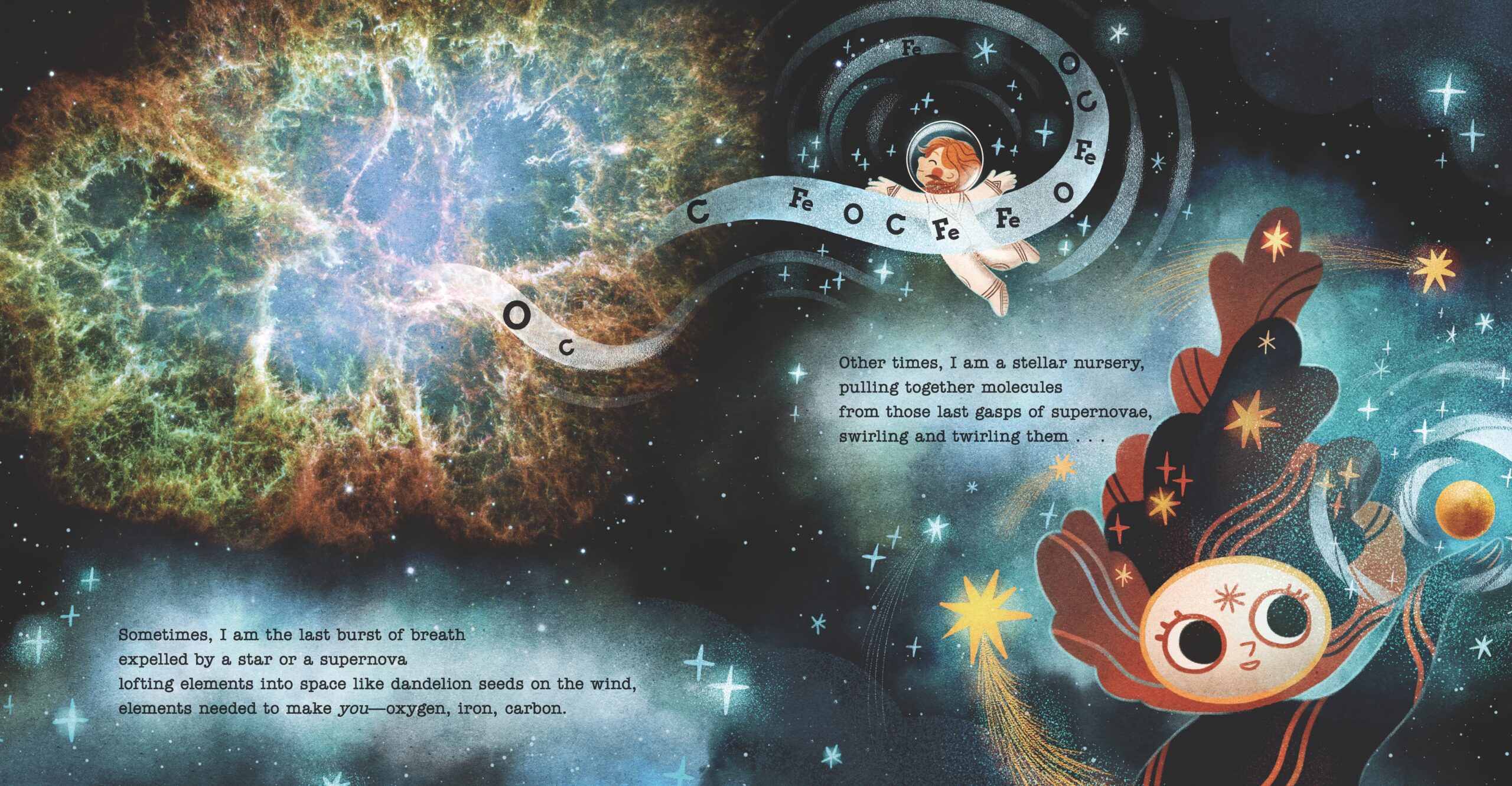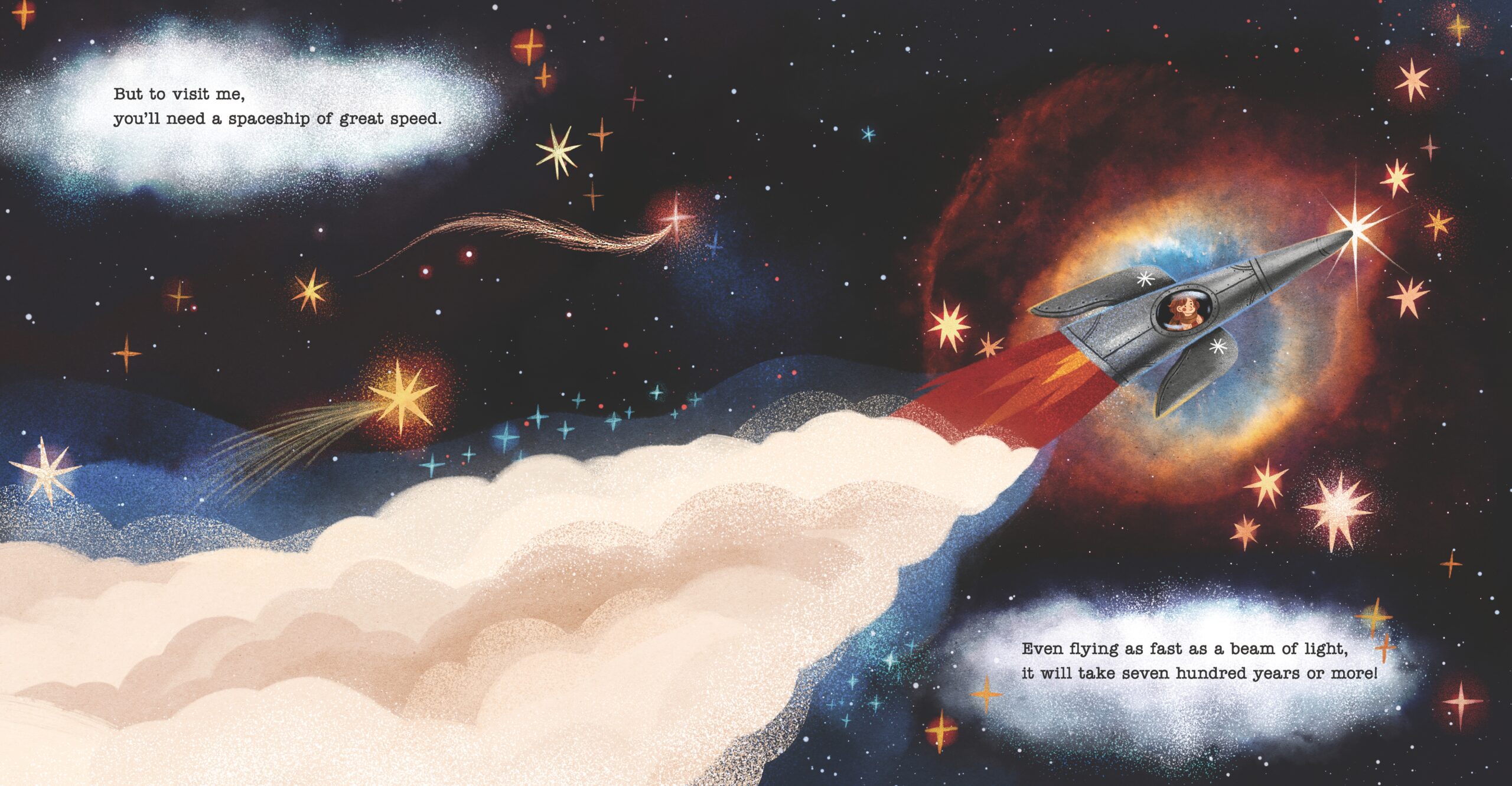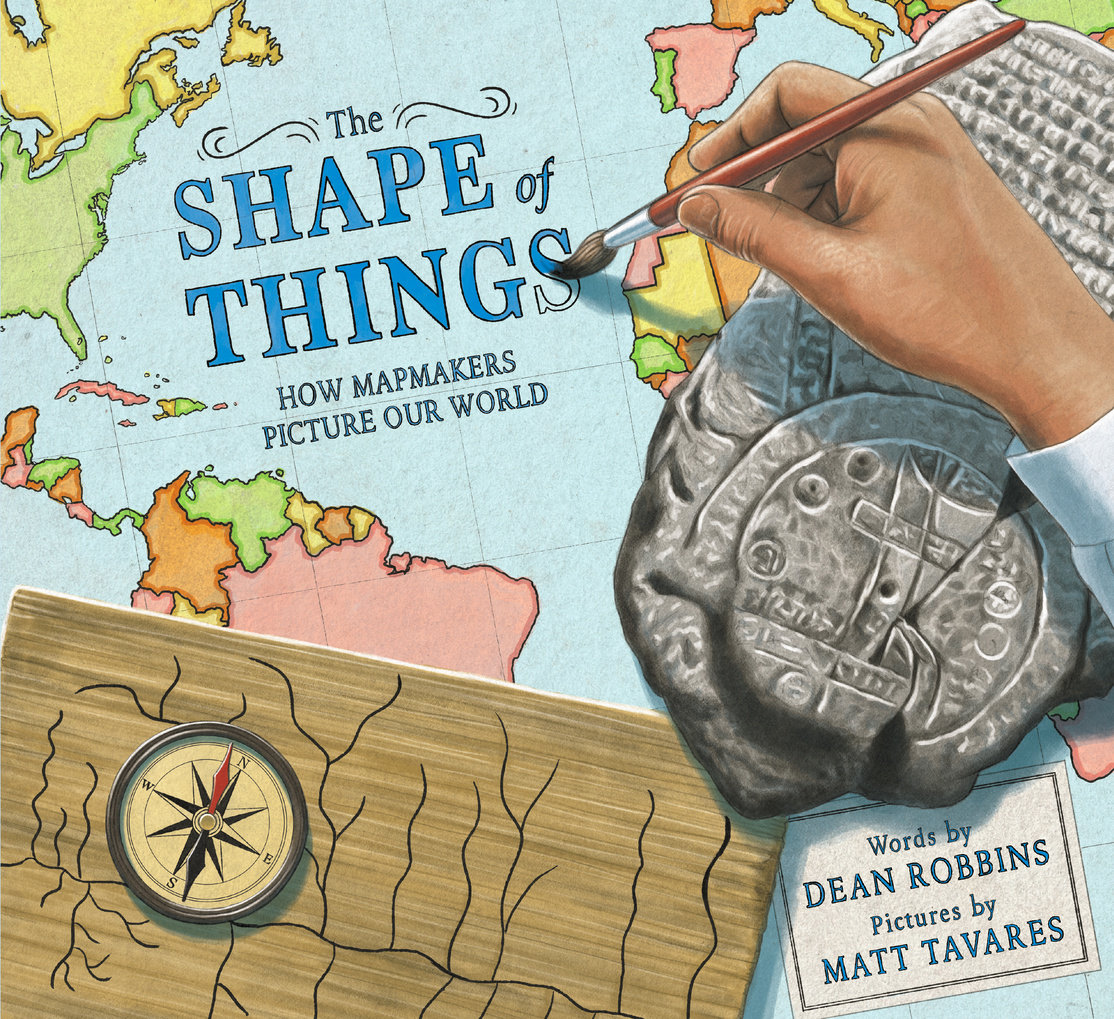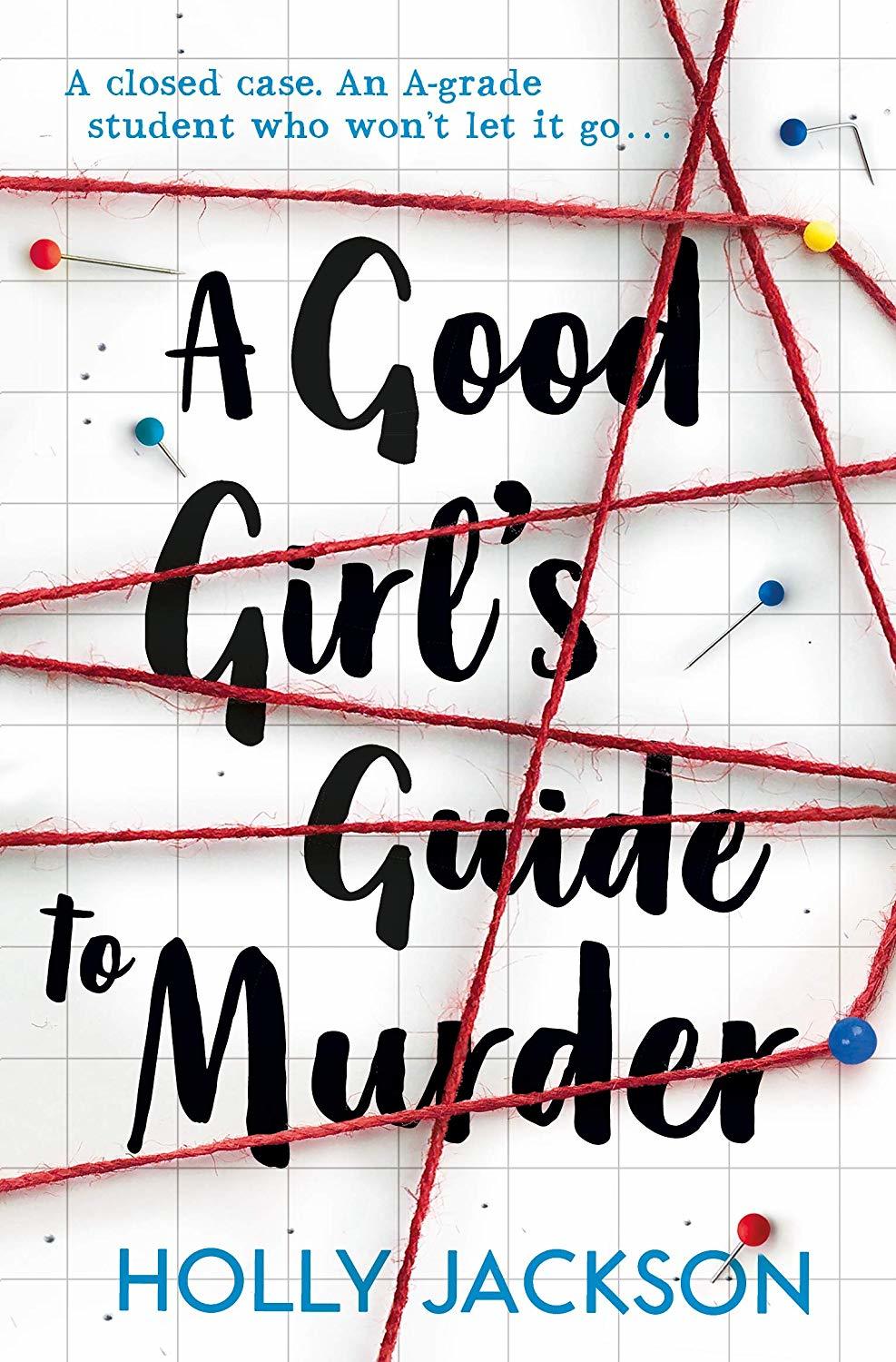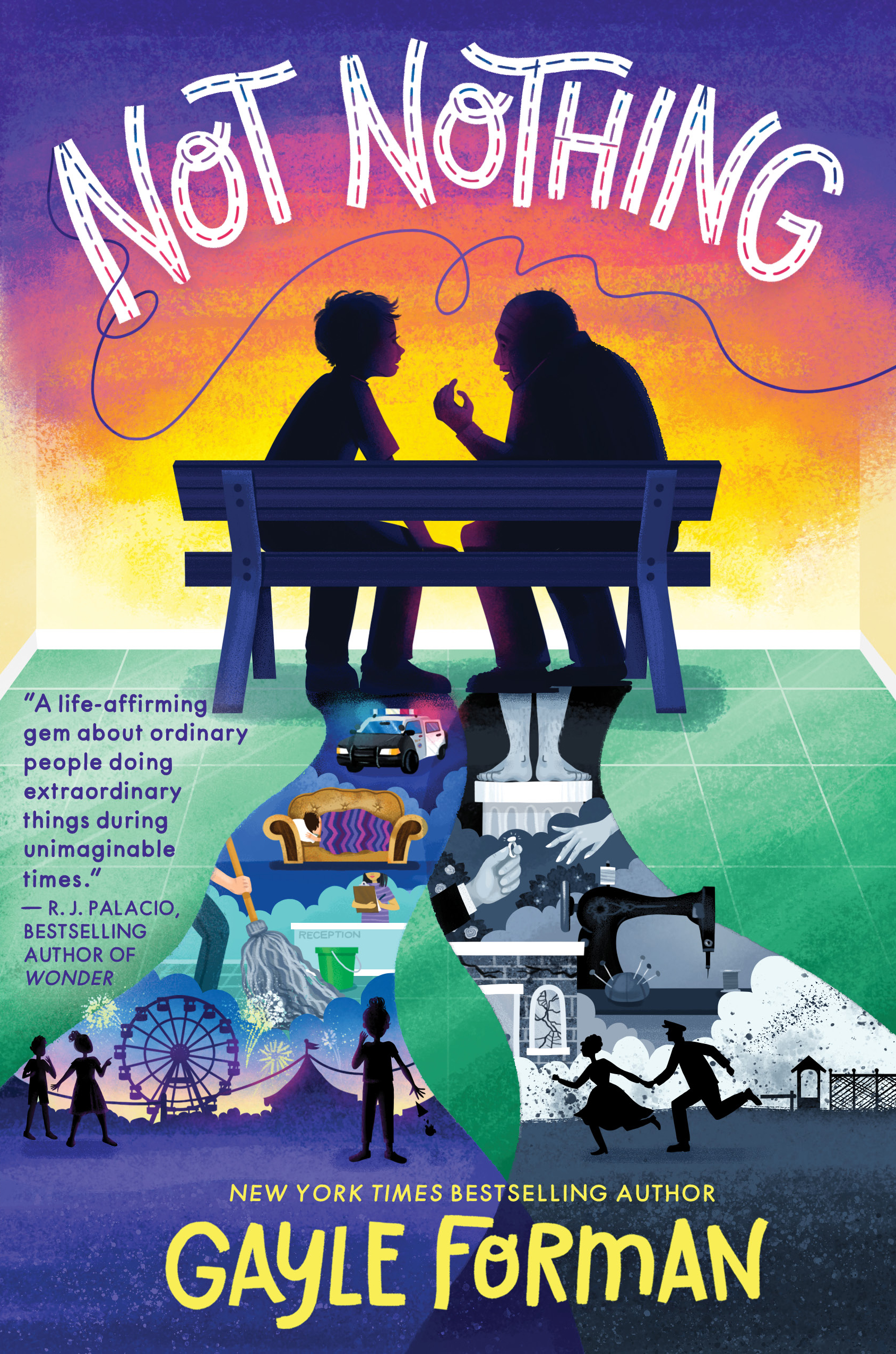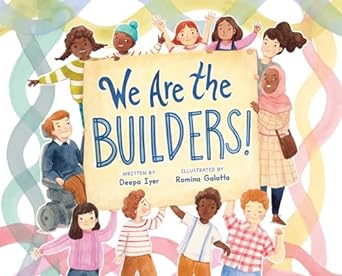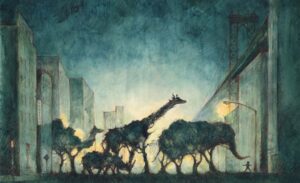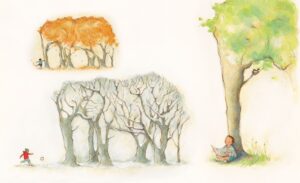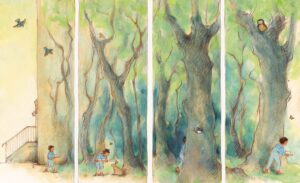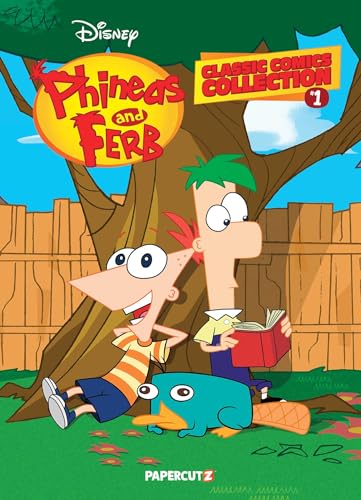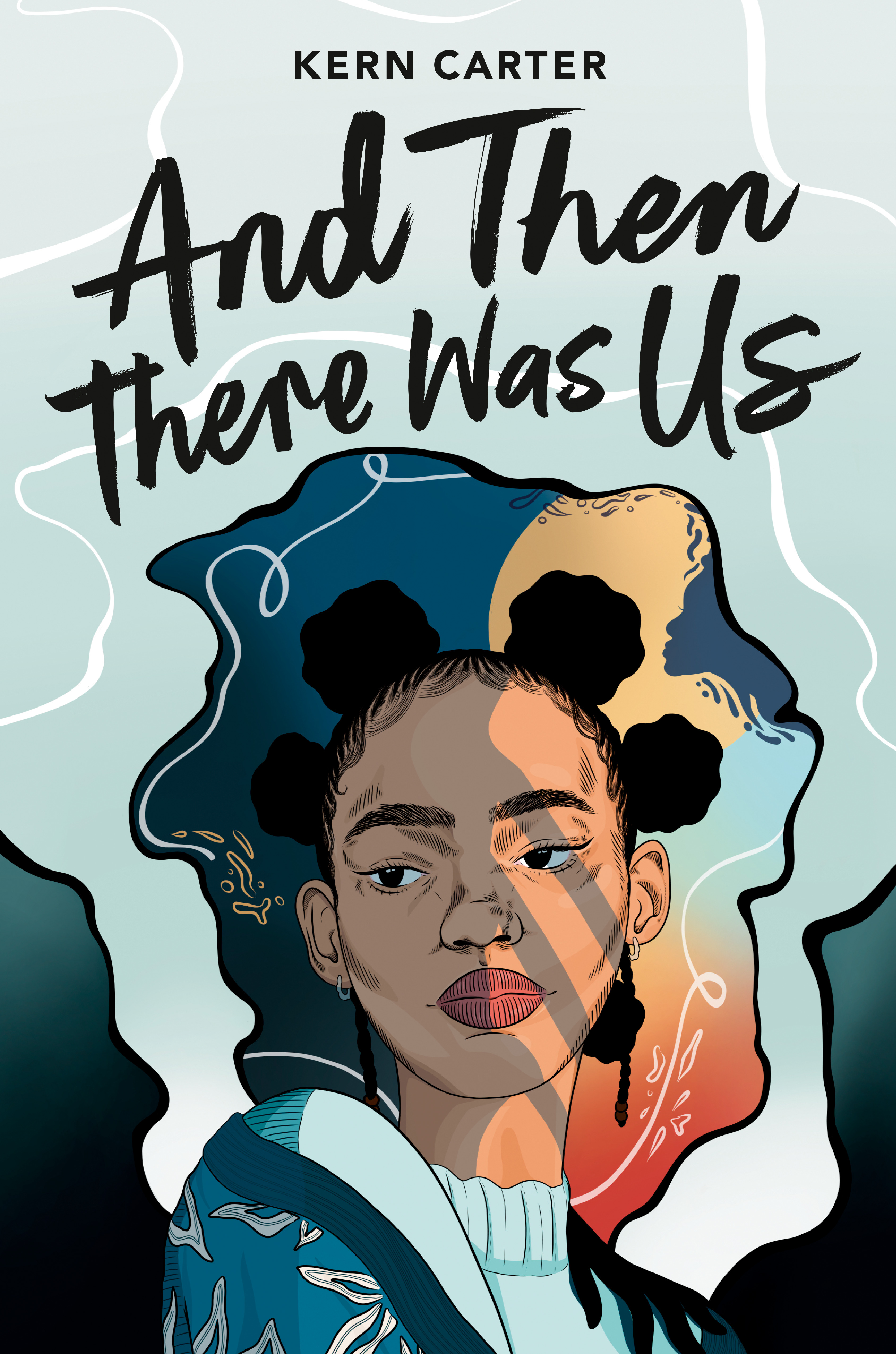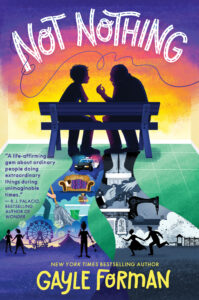“Living the Questions”
When my children were first learning to talk, their favorite word was “Why?” No matter what answer I gave to their initial question, they would follow it up with a “Why?” and then another “Why?” until I finally explained that I didn’t have all the answers to the mysteries of the world. I’m sure I was the same as a toddler. As I grew into my teenage years, I wanted deeper answers to all the “whys” of the world. Part of this is, I believe, because so much of my history was hidden from me, and also inaccessible to me in those pre-internet times. My parents and their generation of Iranians shielded us from the difficult stories of the Iranian Revolution and its aftermath to spare us the trauma and give us a fresh start. Queer history was also inaccessible to me in a homophobic analog world. As I grew older and discovered the history that preceded me, I did feel more grounded, more prepared to blaze my own path on a foundation that had been laid for me.
And yet, as one question got answered, life always seemed to bring a new question.
When people find out that I don’t plot out my books, they often ask me how I start a novel with no roadmap or outline. The answer is that I always try to begin with a question that I’m grappling with. In Like a Love Story, about three teenagers coming of age during the worst years of the AIDS crisis in New York, I was trying to make sense of how to live and love boldly and freely in a time of fear, shame and repression. In my novel The Chandler Legacies, about a group of writing students who recognize and combat the culture of abuse at their boarding school, I was addressing how to reconcile my gratitude for and anger at the boarding school that both supported and hurt me and my closest friends.
With each novel, I try to answer the question at hand. But the beauty of fiction, and of all the arts, is that there are no answers, only more questions. In many ways, a novel is one long question. One of my favorite quotes of all time is from the writer Rainer Maria Rilke, who in Letters to a Young Poet, said: “Be patient toward all that is unsolved in your heart and try to love the questions themselves, like locked rooms and like books that are now written in a very foreign tongue. Do not now seek the answers, which cannot be given you because you would not be able to live them. And the point is, to live everything. Live the questions now. Perhaps you will then gradually, without noticing it, live along some distant day into the answer.”
To me, this is a quote to live by, a quote to write on the first page of your journal, a quote to revisit constantly.
My new novel Desert Echoes came to me during my first trip to Joshua Tree, the stunning, eerie, mysterious desert a few hours away from Los Angeles. I visited the desert alone on a scorchingly hot summer day, so hot that practically no one else was there. Our children had just gone away to sleepaway camp for the first time, and I felt lonely. (Side note for tweens and teens who are pulling away from their parents as they should, have empathy for your parents who miss your constant company and your chorus of questions). In the desert, in my loneliness, I began to truly process the grief I felt after the death of my first boyfriend almost a decade earlier. He, like the character of Ash in the book, was a magnetic, mysterious, talented individual who lived life boldly. He inspired me to be an artist through his belief in me and his commitment to his own artistry. He is the reason I came out to my family. He was also an addict who expertly hid his addiction and his demons from me. Meeting him changed my life and losing him did too. The novel Desert Echoes grapples with questions of how to heal from loss.
But I hope it doesn’t answer any of those questions with certainty, because these are questions that must be answered by each person for themselves. My hope is that young readers who read this book come away from it asking more questions, and “loving the questions themselves.” That is what the book is ultimately about for me.
What does it mean to love the questions and to “live the questions now?”
We live in a very different time than the one I grew up in. Many answers are readily available to us. If you want a quick mathematical calculation, you can input the numbers into your device. If you and your friends are arguing about what year a movie came out or who invented something, you can instantly get the answer from a search engine. If you can’t figure out the lyrics to a song, they live online, along with facts, dates, data and so much more.
These are not the questions Rilke was talking about, and not the ones art and humans struggle with. In our accelerating world of answers, I fear we’re losing the art of living the questions. So here are some small suggestions for you to try:
- Give others the gift of your curiosity. When discussing thorny, emotional subject matters with friends, classmates, family either in person or online, challenge yourself to ask questions of anyone you disagree with. A question is an act of generosity. It tells others you’re not judging them, and instead offering them your curiosity and attention. Only by asking questions of each other is their hope for common ground and healing.
- Give yourself the same gift. Rilke also said: “There is only one single way. Go into yourself.” For me, this means meditation and journaling. It means going into the desert alone and seeing what echoes come back in the stillness. We can’t all go to the desert, but nature is all around us. Try meditating or simply being still in a park or on grass or just staring at the sky and clouds. Remind yourself you’re living under the same sky, same sun, same moon that your ancestors lived under, that people all over the world live under, and that subsequent generations will live under. See what questions echo back to you.
- Pinpoint which questions you love to live in. This will be different for everyone, as it should be. I’ve realized that I love the process of writing even more than I love the outcome. Anything you devote your life to should feel like this, from relationships to career. If you love living in scientific questions, pursue that. If you love living in questions of art-making, pursue that. Life is all process, so we must love that process.
Publishing September 10th, 2024
About the Book: Desert Echoes tells the story of high-school junior Kamran, who hasn’t been the same since his boyfriend Ash disappeared in the desert. Kam is supported by his best friend Bodie and by his mother. When a school trip takes Kam and Bodie back to Joshua Tree, Kam seeks answers to the questions that have haunted him since Ash’s disappearance two years earlier.
The book jumps in time from present to past and back again, so readers slowly discover more about Kam and Ash’s relationship, and about the strained marriage of Kam’s parents. In the desert, Kam finally finds the answers he needs about Ash’s disappearance. In doing so, Kam discovers his own capacity for hope, love, and perseverance, and grows massively in his understanding— and forgiving—of nuanced, complicated human relationships.
About the Author: Abdi Nazemian is the author of Only This Beautiful Moment—winner of the 2024 Stonewall Award and 2024 Lambda Literary Award—and Like a Love Story, a Stonewall Honor Book and one of Time Magazine’s Best YA Books Of All Time. He is also the author of the young adult novels Desert Echoes, The Chandler Legacies, and The Authentics. His novel The Walk-In Closet won the Lambda Literary Award for LGBT Debut Fiction. His screenwriting credits include the films The Artist’s Wife, The Quiet, and Menendez: Blood Brothers and the television series Ordinary Joe and The Village. He has been an executive producer and associate producer on numerous films, including Call Me by Your Name, Little Woods, and The House of Tomorrow. He lives in Los Angeles with his husband, their two children, and their dog, Disco. Find him online at abdinazemian.com.
Thank you, Abdi, for this emotional post looking at the questions the grief brings!
